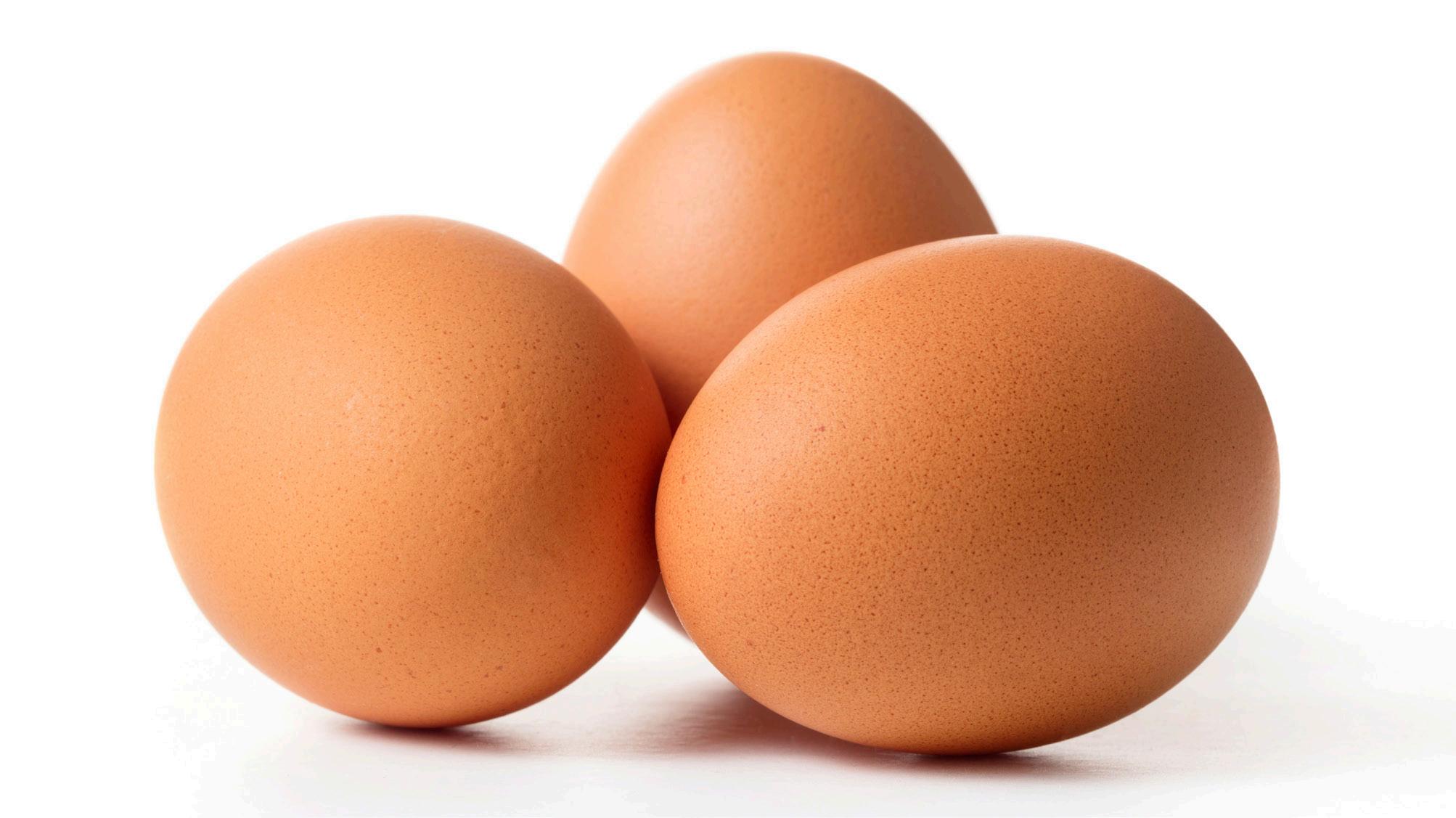
4 minute read
Cluck Like an Egyptian
The World Organisation for Animal Health officially listed Egypt among countries with "avian influenza free establishments" and granted approval for the continuation of exports last year.
Egyptian poultry investments valued to the tune of around $5.7 billion USD.
By Claire Weinzierl
Back in 2006, poultry exports out of Egypt were suspended by the National Veterinary Authority following an outbreak of bird flu.
Avian influenza, also known as fowl plague or bird flu, affects species of all kinds and ages, worldwide. Effects of the virus include respiratory distress, coughing, sneezing, rales, depression, sinusitis, emaciation, feed refusal, and more. In poultry specifically, there is a decrease in egg production and shell quality in layers. In order to prevent the spread of the virus, control of live bird markets is important.
In 2020, the World Organisation for Animal Health officially listed Egypt among countries with “avian influenza free establishments” and granted the long-awaited approval for the continuation of exports. Now, there are about 14 poultry companies in Egypt that are authorized to export.
Following the approval, Egyptian companies that showed no evidence of infection with avian influenza viruses were able to resume exporting their products for the first time in over a decade, starting in the last quarter of 2020. Eligible products for export include day-old chicks, table eggs, hatching eggs, and broiler chickens. Resuming exports is expected to help boost poultry production, support the economy, and increase Egypt’s foreign reserves.
Having to cease exports back in 2006 took a toll on Egypt’s economy, and particularly impacted the protein
sector itself. Poultry investments in the Egyptian market are currently around 90 billion Egyptian pounds ($5.7 billion USD) while there are more than 55,000 poultry establishments in the country, employing around 2.5 million workers. Egypt handles around four million chickens a day, with an average annual production of 1.4 billion chickens and 13 billion eggs.
Egypt’s export destinations for poultry products include gulf countries Saudi Arabia and the United Arab Emirates (UAE), both of which were the first markets to open for Egyptian poultry products and live birds late last year.
However, impacts of the bird flu were also the driving force behind the improvement of Egypt’s poultry production systems.
“The production system itself became more integrated, and more up-to-date because once exports ceased, producers were forced to improve farms and the overall system,” says Mousa Wakileh, Regional Consultant for the Middle East and North Africa, U.S. Soybean Export Council (USSEC).
“Farms had to improve not only in their performance, but in their hygiene," says Wakileh. "The export suspension made the system become more controlled and eggs become cleaner.”
With Egypt as one of the fastest growing export markets for U.S. soy, USSEC met with the Egyptian Poultry Association to discuss opportunities for training and education around U.S. soy in animal agriculture. The organizations signed a Memorandum of Understanding, committing to the establishment of online and in-person cooperative agricultural training services in Egypt. Representing the Egyptian Poultry Association was its President Mahmoud Al Anani.
Wakileh remarks that Anani is an asset to the organization,

Eligible products for export from Egypt include day-old chicks, table eggs, hatching eggs, and broiler chickens.
as he is the largest producer of poultry and feed in Egypt. Anani owns and serves as chairman of the Dakahlia Poultry Co., which owns a state-of-the-art poultry feed factory, producing 3,000 metric tons (MT) per day and a fish feed factory producing 400 mt per day.
“Anani wants to encourage the domestic production of poultry, and since his election, he has met with the Ministry of Agriculture and managed to ban imports of frozen chicken,” says Wakileh. “He believes small- and medium-sized producers can be convinced to increase their production, and Egypt will not need any more imports of frozen chicken from the outside.”
The Egyptian government has made efforts to build new poultry houses in order to increase production, thus eliminating the need to import frozen chicken, and also helping producers with financing through a low interest, government program.
Egypt utilizes the soybean meal as a high-protein feed ingredient for its poultry, aquaculture, and dairy diets. The U.S. is Egypt’s largest supplier of soybean imports, and 20192020 was a record year for U.S. soybean exports to Egypt at 3.83 million metric tons (MMT). According to the USDA Foreign Ag Service (FAS), Egypt’s soybean imports in marketing year 2021-2022 are forecast at 4.6 MMT, with soybean meal specifically forecast at 3.9 MMT. Now that poultry exports may resume, USDA FAS expects Egypt’s imports of U.S. soy to increase approximately 200,000 MMT more U.S. soybeans from last year.
There are approximately 110 million people in Egypt, and Wakileh says Egypt has a year-round preference for U.S. soybeans with an annual growth of U.S. soy imports year-over-year. Wakileh adds U.S. soybeans have a higher amino acid profile compared to soybeans from other origins that help livestock producers achieve better performance.








